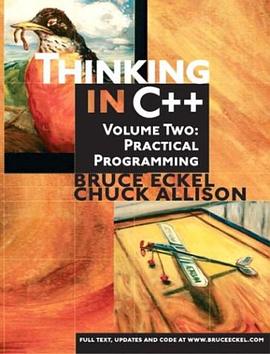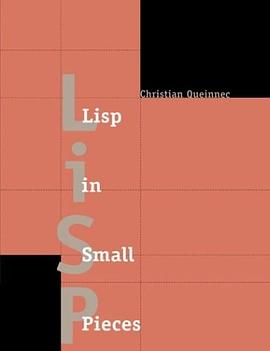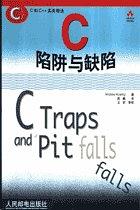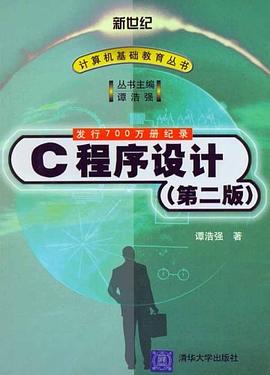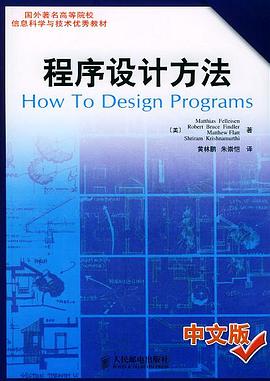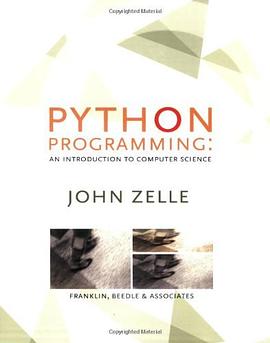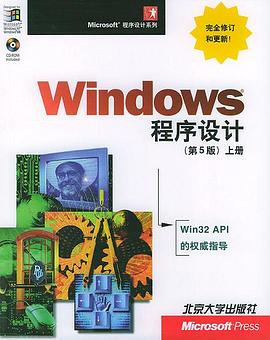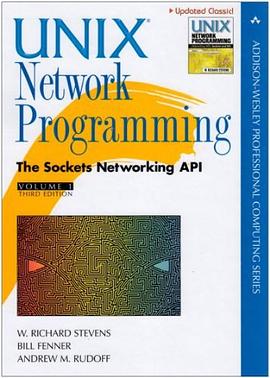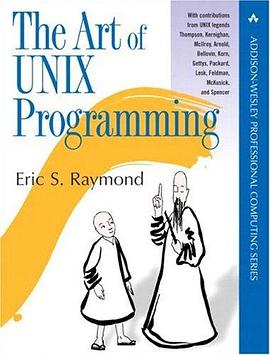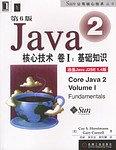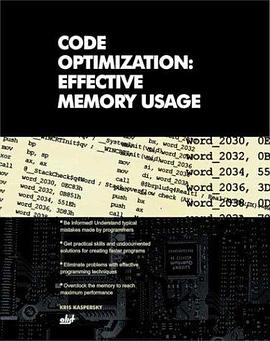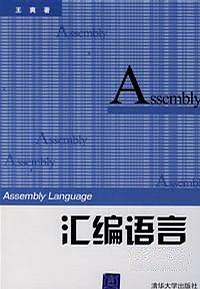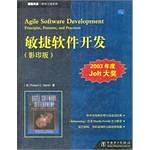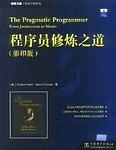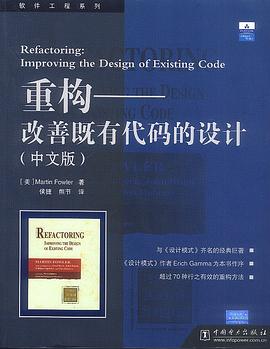

具體描述
What is this book about?
If you have some programming experience and are ready to venture into Linux programming, this updated edition of the bestselling entry-level book takes you there. The authors guide you step by step, using construction of a CD database application to give you hands-on experience as you progress from the basic to the complex. You’ll start with fundamental concepts like writing Unix programs in C. You’ll learn basic system calls, file I/O, interprocess communication, and shell programming. You’ll become skilled with the toolkits and libraries for working with user interfaces.
The book starts from the basics, explaining how to compile and run your first program. New to this edition are chapters on MySQL® access and administration; programming GNOME and KDE; and Linux standards for portable applications. Coverage of kernel programming, device drivers, CVS, grep, and GUI development environments has expanded. This book gives you practical knowledge for real wor ld application.
What does this book cover?
In this book, you will learn how to
* Develop programs to access files and the Linux environment
* Use the GNU compiler, debugger and other development tools
* Program data storage aapplications for MySQL and DBM database systems
* Write programs that take advantage of signals, processes and threads
* Build graphical user interfaces using both the GTK (for GNOME) and Qt (for KDE) libraries
* Write device drivers that can be loaded into the Linux kernel
* Access the network using TCP/IP sockets
* Write scripts that use grep, regular expressions and other Linux facilities
Who is this book for?
This book is for programmers with some C or C++ experience, who want to take advantage of the Linux development environment. You should have enough Linux familiarity to have installed and configured users on Linux.
作者簡介
Neil Matthew has been interested in and has programmed computers since 1974. Amathematics graduate from the University of Nottingham, Neil is just plain keen on programming languages and likes to explore new ways of solving computing problems. He’s written systems to program in BCPL, FP (Functional Programming), Lisp, Prolog, and a structured BASIC. He even wrote a 6502 microprocessor emulator to run BBC microcomputer programs on UNIX systems.
In terms of UNIX experience, Neil has used almost every flavor since the late 1970s, including BSD UNIX, AT&T System V, Sun Solaris, IBM AIX, many others, and of course Linux.
Neil can claim to have been using Linux since August 1993 when he acquired a floppy disk distribution of Soft Landing (SLS) from Canada, with kernel version 0.99.11. He’s used Linux-based computers for hacking C, C++, Icon, Prolog, Tcl, and Java at home and at work.
Most of Neil’s “home” projects were originally developed using SCO UNIX, but they’ve all ported to Linux with little or no trouble. He says Linux is much easier because it supports quite a lot of features from other systems, so that both BSD- and System V–targeted programs will generally compile with little or no change.
As the head of software and principal engineer at Camtec Electronics in the 1980s, Neil programmed in C and C++ for real-time embedded systems. Since then he’s worked on software development techniques and quality assurance. After a spell as a consultant with Scientific Generics he is currently working as a systems architect with Celesio AG.
Neil is married to Christine and has two children, Alexandra and Adrian. He lives in a converted barn in Northamptonshire, England. His interests include solving puzzles by computer, music, science fiction, squash, mountain biking, and not doing it yourself.
Rick Stones programming at school, more years ago than he cares to remember, on a 6502-powered BBC micro, which with the help of a few spare parts continued to function for the next 15 years. He graduated from Nottingham University with a degree in Electronic Engineering, but decided software was more fun.
Over the years he has worked for a variety of companies, from the very small with just a dozen employees, to the very large, including the IT services giant EDS. Along the way he has worked on a range of projects, from real-time communications to accounting systems, very large help desk systems, and more recently as the technical authority on a large EPoS and retail central systems program.
A bit of a programming linguist, he has programmed in various assemblers, a rather neat proprietary telecommunications language called SL-1, some FORTRAN, Pascal, Perl, SQL, and smidgeons of Python and C++, as well as C. (Under duress he even admits that he was once reasonably proficient in Visual Basic, but tries not to advertise this aberration.)
Rick lives in a village in Leicestershire, England, with his wife Ann, children Jennifer and Andrew, and two cats. Outside work his main interest is classical music, especially early religious music, and he even does his best to find time for some piano practice. He is currently trying to learn to speak German.
目錄資訊
讀後感
讲解细致,语言浅显易懂,但需要C语言基础,哎,为什么大学的老师不用这些课本当教材...如果本科的时候可以看见这本书,不知道可以少走多少弯路... 对于想学习linux下系统编程基本知识的人,强烈推荐!
評分代码的例子倒是非常的好,不知道是不是由于翻译的问题,感觉读起来很乱,需要自己理清思路然后读起来就很顺畅了。书里内容很基础,我是一个没有什么linux编程的底子的人,以前最多也就是用个shell,看了这本书后感觉linux方面功力大大提升,不再是单纯的使用了,由于主要是做高...
評分粗略比较了一下第三版和第四版,似乎没有太大变化,第四版还少了讲驱动的一章。不明白作者为什么要这样改,前言里也没有提到。
評分可以将这本书作为学习linux编程的入门级书籍,讲得不深,涉及到的知识面还行,但要深入的话,建议参照《UNIX环境高级编程》来读。 我读的是英文版的,语言不难,有些地方参考了第三版中文版来读,第三版的翻译不错,不知道第四版咋样,但应该不会差,推荐初学者看。
評分《Linux程序设计》是我的Linux编程入门书籍,也是做为教材使用了一整个学期,在阅读和学习这本书的时候产生了很多的疑问,书里也没有对应的解答,直到……直到我看了APUE,带着这些问题去学习APUE,产生了巨大的能量。总之,推荐这本书,但是这本书也只是入门书籍,站在《Linux...
用戶評價
入門的,就當是拓展知識麵瞭
评分入門的,就當是拓展知識麵瞭
评分great book
评分Imperfect yet awesome.
评分Imperfect yet awesome.
相關圖書
本站所有內容均為互聯網搜索引擎提供的公開搜索信息,本站不存儲任何數據與內容,任何內容與數據均與本站無關,如有需要請聯繫相關搜索引擎包括但不限於百度,google,bing,sogou 等
© 2025 qciss.net All Rights Reserved. 小哈圖書下載中心 版权所有

